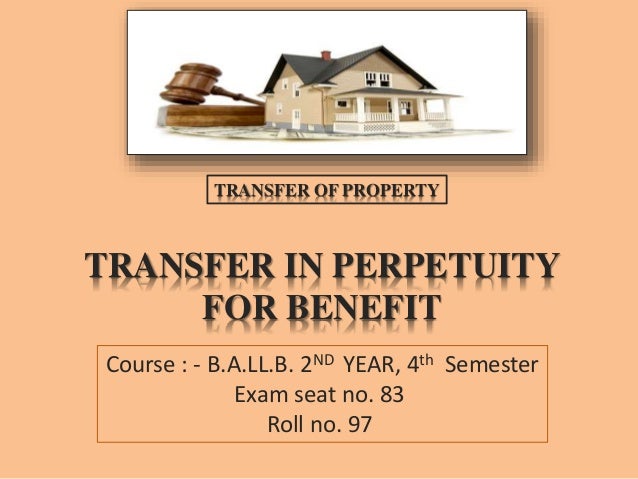

Therefore the covenant was enforceable at equity, that is, when the plaintiff seeks an injunction as opposed to damages.


The Court noted that if the agreement had been a contract instead of a covenant, it would have been enforceable. Lord Cottenham LC found in favour of the plaintiff and granted an injunction to restrain the defendant from violating the covenant.

The defendant, who was aware of the covenant at the time of purchase (had actual or constructive knowledge), refused to abide by the covenant as he claimed he was not in privity of contract and so was not bound by it. Over the following years the land was sold several times over (passed through successive owners), eventually to the defendant, Edward Moxhay, in a contract which did not recite (nor expressly stipulate) the covenant. In 1808, Charles Augustus Tulk, the owner of several parcels of land in Leicester Square, sold one of the plots to another person who made a covenant to keep the Garden Square "uncovered with buildings" such that it would remain a pleasure ground. On the face of it disavowing that covenants can "run with the land" so as to avoid the strict common law former definition of "running with the land", the case has been explained by the Supreme Court of Canada, in 1950 as "Covenants enforceable under the rule of Tulk v Moxhay, are properly conceived as running with the land in equity" which summarises how the case has been interpreted and applied in decisions across common law jurisdictions. It is the reason Leicester Square exists today. a future owner will be subject to the restriction) in equity. Tulk v Moxhay is a landmark English land law case that decided that in certain cases a restrictive covenant can "run with the land" (i.e. Lord Cottenham, Lord Chancellor of England and Wales (50) Prohibitory injunction granted by the Master of the Rolls (Under the cited case the Lord Chancellor refused a motion to dismiss the injunction)


 0 kommentar(er)
0 kommentar(er)
